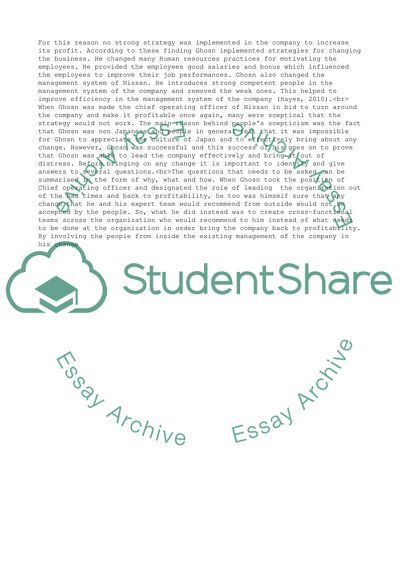Cite this document
(Theory and Practice of Leadership Case Study Example | Topics and Well Written Essays - 3500 words, n.d.)
Theory and Practice of Leadership Case Study Example | Topics and Well Written Essays - 3500 words. https://studentshare.org/management/1865691-theory-and-practice-of-leadership
Theory and Practice of Leadership Case Study Example | Topics and Well Written Essays - 3500 words. https://studentshare.org/management/1865691-theory-and-practice-of-leadership
(Theory and Practice of Leadership Case Study Example | Topics and Well Written Essays - 3500 Words)
Theory and Practice of Leadership Case Study Example | Topics and Well Written Essays - 3500 Words. https://studentshare.org/management/1865691-theory-and-practice-of-leadership.
Theory and Practice of Leadership Case Study Example | Topics and Well Written Essays - 3500 Words. https://studentshare.org/management/1865691-theory-and-practice-of-leadership.
“Theory and Practice of Leadership Case Study Example | Topics and Well Written Essays - 3500 Words”. https://studentshare.org/management/1865691-theory-and-practice-of-leadership.


